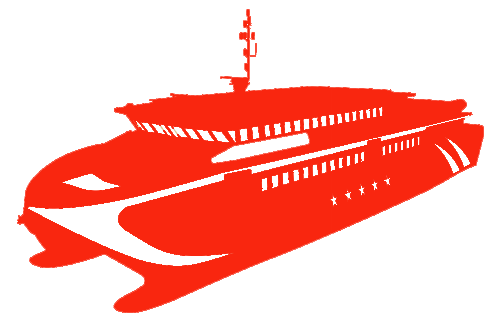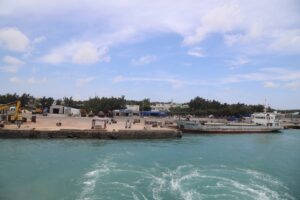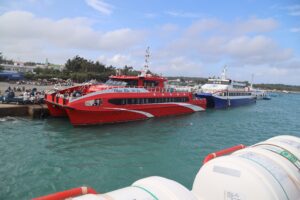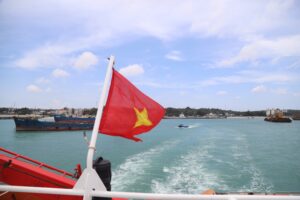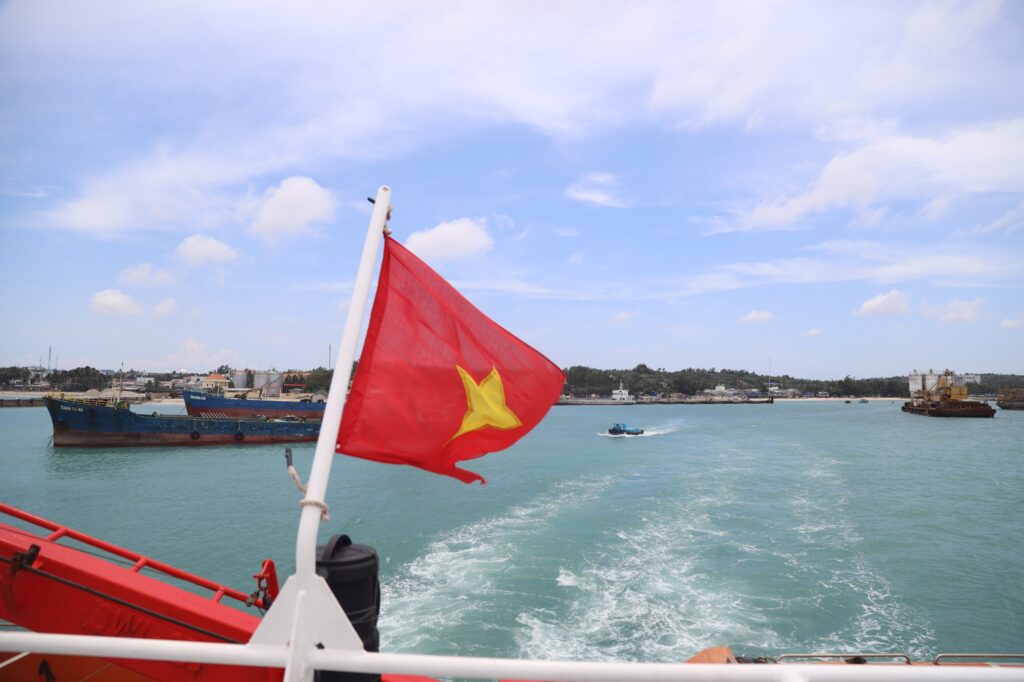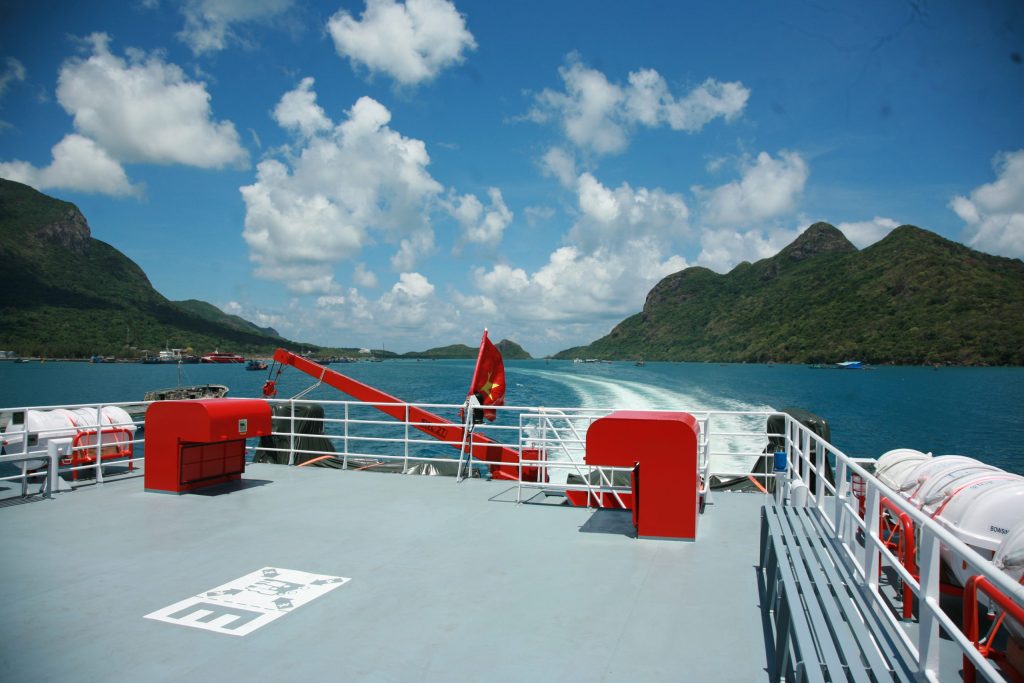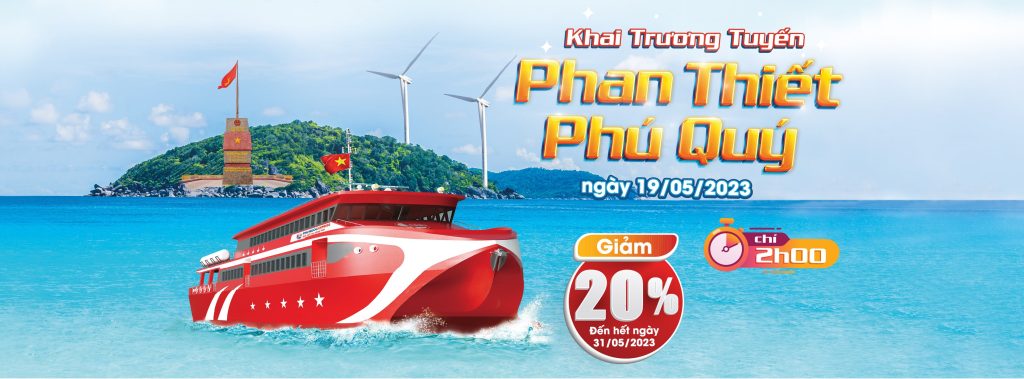On the occasion of the 50th anniversary of the Liberation of the South and National Reunification (April 30, 1975 – April 30, 2025), vetauphuquy.vn provides a detailed historical account of the liberation of the Phú Quý Archipelago. For younger generations, this serves as valuable documentation and testimony, fostering love and pride for the homeland and nation.
On March 10, 1975, liberation forces launched a decisive strategic offensive in Buôn Ma Thuột, which led to the rapid liberation of the Central Highlands and then the central coastal and southern central regions.
On April 16, 1975, liberation forces in Military Zone 6—southernmost Central Vietnam—smashed the outer defense line of the Saigon puppet regime in Phan Rang, liberating Ninh Thuận Province. With the main divisions advancing like a torrent, Bình Thuận Province was liberated on April 19, and Bình Tuy Province on April 23. News of these victories quickly spread to Phú Quý Island. Amid escalating events on the mainland, on April 22, 1975, Mr. Trần Nghĩa and several young men from Long Hải spontaneously seized weapons from the local militia and civil defense unit stationed in the village. However, due to the overwhelming imbalance in force, these young men were brutally massacred by the enemy. Despite their anger and grief, the islanders had to restrain themselves, waiting for support from mainland forces to ensure a successful liberation.
At the same time, the Bình Thuận Provincial Party Committee hastened preparations for liberating the Phú Quý Archipelago. On the afternoon of April 24, 1975, the committee formed a “civil-military delegation” to participate in the liberation of the island. The delegation was led by Nguyễn Thanh Tâm, a provincial Party member and Secretary of the Tuy Phong District Party Committee. The committee also tasked this delegation with coordinating with the Tuy Phong District leadership to plan liberation operations, establish a military administration, recover weapons, manage enemy troops and personnel, and stabilize civilian life.
During a strategy briefing, the delegation received intelligence from a militiaman who had escaped from Phú Quý Island, reporting that enemy forces were heavily guarding key positions, especially on the eastern side. The People’s Navy’s Unit 125 also reported the enemy’s composition on the island: one militia company, one police platoon, and nearly 4,000 civilian defense corps members. After Hàm Tân Town was liberated, another 800 retreating soldiers fled to Phú Quý. From April 22, two more enemy ships (HQ11 and WPB) were dispatched to the island. Thus, by late April 1975, the enemy force on Phú Quý was nearly half the island’s population, posing a serious challenge to liberation efforts.
In response, on April 23, 1975, General Lê Trọng Tấn, Commander of the Eastern Front, ordered the Navy to coordinate with Military Zone 6 and the Bình Thuận provincial military to lead the liberation of Phú Quý Island, opening the way for liberation of other islands in the South. The Navy General Command drafted and deployed the operation plan, with naval forces including Ship No. 643 from Unit 125 and several fishing vessels from Nha Trang used to transport troops. Military Zone 6 contributed a water commando unit (Battalion 407) and an infantry company from Regiment 95. The battle commander was Mai Năng (Navy General Staff), with Nguyễn Thanh Tâm as political officer and Mr. Toàn (from the Bình Thuận military command) as deputy commander. A provincial liberation unit of 30 personnel was led by Mr. Huy from Military Zone 6.
The operation plan divided the forces into three fronts targeting the administrative liaison offices in Ngũ Phụng, Long Hải, and Tam Thanh, as well as the Phú Quý administrative office. Each front had a local guide. The assault was scheduled for April 27, 1975, at 3:00 AM (“Hour G”), with forces landing around 5:00 AM and simultaneously launching coordinated attacks on predetermined targets.
Following the plan, on the morning of April 26, 1975, naval forces departed Cam Ranh port and reached the staging area that night. By 1:50 AM on April 27, fishing boats T2 and T3 carrying two of the three fronts approached Phú Quý Island.
Meanwhile, at 6:00 AM on April 26, 1975, Bình Thuận’s civil-military delegation held a departure ceremony, coinciding with the opening of the Hồ Chí Minh Campaign to liberate Sài Gòn – Gia Định, further energizing the troops. By noon, the delegation arrived in Bình Thạnh and was joined by a squad from Tuy Phong’s Company 490, led by Mr. Bảo. Despite rough seas and many seasick soldiers, they set sail at 3:00 PM. At midnight, they encountered enemy patrol boats but promptly formed battle lines and pressed forward. At 5:15 AM on April 27, all four attack groups opened fire.
Caught off guard, the enemy scattered chaotically. Some ditched their uniforms and hid among civilians. The Ngũ Phụng front, led by Nguyễn Tự, and the Tam Thanh front, guided by Trần Dần and Ngô Sáu, quickly secured their targets with no resistance. At Long Hải, led by Nguyễn Thông, the enemy also fled. Only at the Phú Quý administrative office did resistance occur, where the enemy used bunkers to fiercely hold out, wounding one of our soldiers. A DKZ-75 recoilless gun was deployed to destroy the bunker, killing one and capturing 11. However, Phan Văn Hựu, the head of the administrative office, escaped.
By 6:30 AM, the liberation forces had fully secured the Phú Quý Archipelago.
Simultaneously, at sea, Navy Ship No. 643 engaged two Saigon regime patrol boats. The enemy opened fire with mortars, but the navy retaliated with B40, B41 rocket launchers, and 12.7 mm anti-aircraft guns, damaging one enemy boat. The other fled but lingered offshore. At 9:00 AM, the enemy boat fired indiscriminately at our island positions, hoping for reinforcements. Overpowered by Ship 643’s firepower, the enemy withdrew at 4:00 PM after no support arrived.
The battle demonstrated the successful joint command between Bình Thuận’s liberation forces, the Navy, and higher units. Most enemy troops surrendered, while those resisting were eliminated. Võ Gia Vĩ, radio operator at the Phú Quý administrative office, was killed at his PRC-25 radio. Phan Văn Hựu and Lt. Thoảng, head of the sub-district, were captured hiding in a temple. In total, 382 enemy personnel were killed or captured (including 16 local officials), one warship and one motorboat were damaged, and 1,840 weapons, two radios, and various military supplies were seized.
Due to transport delays, Tuy Phong’s reinforcement forces, including Battalion 482, arrived on five boats at 6:00 AM, April 28, 1975. The battalion deployed across the island: its command post and Companies 1 and 4 in Tam Thanh; Company 2 in Long Hải; and Company 3 in Ngũ Phụng. They coordinated with Unit 125 to collect weapons from militia and enemy caches. Hundreds of former Saigon soldiers and officials voluntarily surrendered and were treated humanely.
April 27, 1975, thus became a historic milestone for Phú Quý—marking the full liberation of the southernmost island of Bình Thuận Province (Military Zone 6). This date has since been commemorated as the traditional day of the Phú Quý District’s armed forces.
Excerpt from: “History of the Armed Forces of Phú Quý District (1975 – 2010)”


